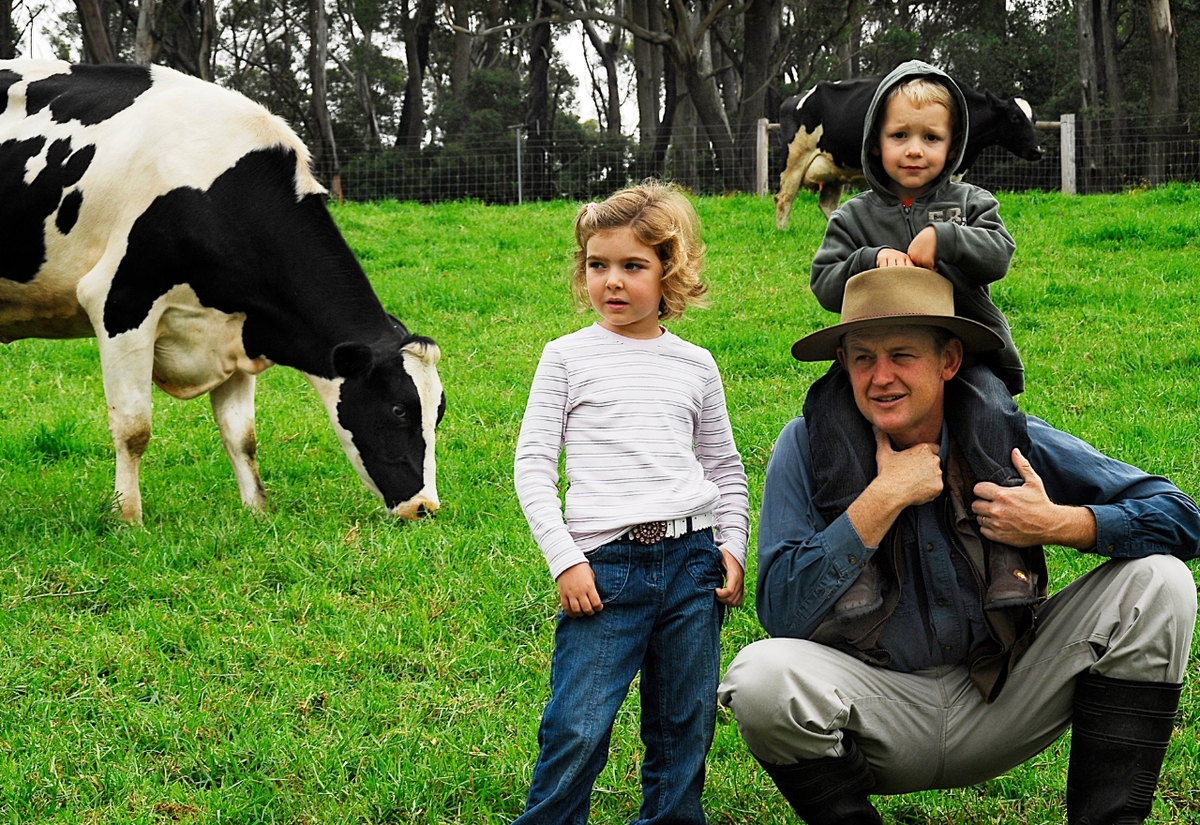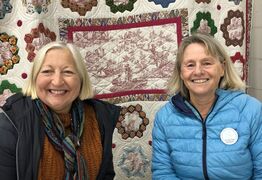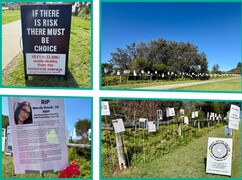Kiama’s young dairy farmers face uncertain future
Lynne Strong
07 May 2025, 8:00 AM
 The future of farming is in good hands, but without secure land access, even the most dedicated dairy families face an uncertain road ahead.
The future of farming is in good hands, but without secure land access, even the most dedicated dairy families face an uncertain road ahead.Opportunities are opening up for dairy exports, but here in our region, short-term leases and rising land prices continue to limit our ability to seize them.
Indonesia’s plan to deliver milk to 60 million school children by 2029 could significantly expand demand for dairy across Southeast Asia.
According to a new report by Rabobank’s RaboResearch division, the program may require more than two billion litres of milk annually, opening the door for new export partnerships.
Yet, as the global opportunity grows, the local reality remains constrained.
Kiama’s dairy industry is led by a vibrant generation of young farmers. Many lease land, invest in equipment, and breed award-winning cattle. But they do so under mounting pressure. “Sustaining the industry here isn't about capability, it's about capacity,” one local farmer explained.
With Kiama’s coastal lifestyle in high demand, land values continue to climb. The only buyers who can afford to enter the market are wealthy sea/tree-changers or developers banking on future zoning changes.
That leaves commercial dairy farmers relying on short-term leases, a precarious foundation for long-term investment.
Meanwhile, young farmers in the Kiama LGA are quietly holding up the industry. They’re leasing land year-to-year, investing in equipment they don’t own the ground beneath, and trying to future-proof a legacy that is always at risk of being edged out.
RaboResearch senior analyst Michael Harvey said the Indonesian school milk initiative, part of a wider Nutritious Meals Program, represents a major policy shift by the newly elected Indonesian government. “If successful, it could double the size of the white milk market,” he said.
While the primary focus is on building domestic supply, Indonesia will remain a net importer of dairy, presenting opportunities for countries like Australia.
Harvey believes the greatest potential lies in exporting UHT and recombined milk products, as well as live cattle, genetics, and farm expertise. “To meet the increased milk demand, the local supply would require a fourfold increase in the domestic herd,” he said. “That means importing over one million dairy cattle in the next five years.”
Australia is already a long-standing exporter of dairy cattle to Indonesia and holds a strong position thanks to trade access and well-regarded genetics. But Harvey cautions the growth will not be a “game changer” for the Australian industry. It is, however, “a potential growth opportunity.”
For Kiama’s farmers, those words ring both hopeful and bittersweet. The global prospects are strong, but local conditions make it difficult to build for the future.
What these farmers need isn’t just access to global markets. It’s secure, long-term leases and a recognition that productive agriculture has a place in regions as desirable as Kiama.
Without that, export dreams may continue to curdle.
NEWS




